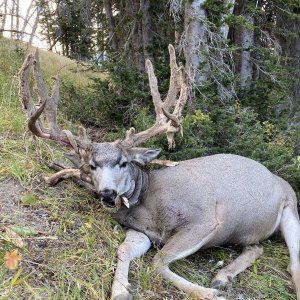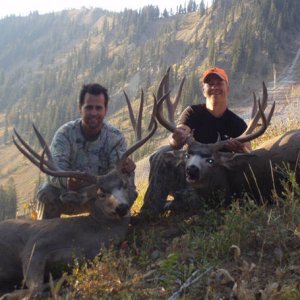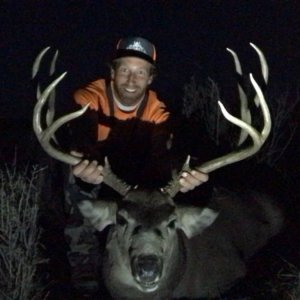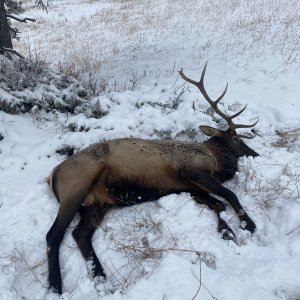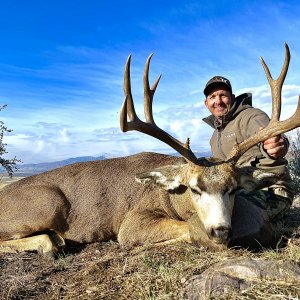LorenzJohnPaul5
Member
- Messages
- 18
Hi,
So after load work up and all, I have my hunting rifle shooting like I want. Question is-how often do you all shoot your gun(s) after load work up?
Other than 5-10 shots a year to site in again, right? Your done?
So after load work up and all, I have my hunting rifle shooting like I want. Question is-how often do you all shoot your gun(s) after load work up?
Other than 5-10 shots a year to site in again, right? Your done?

